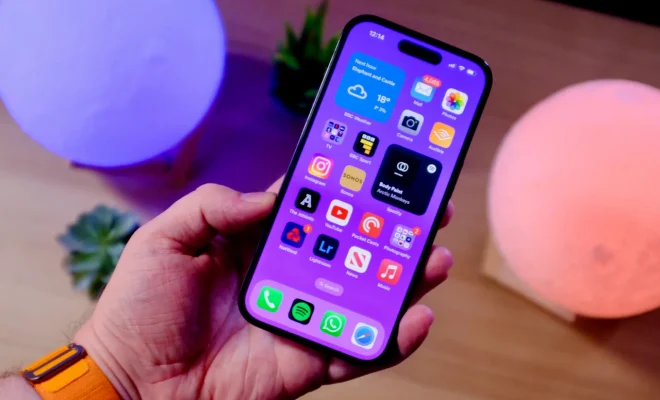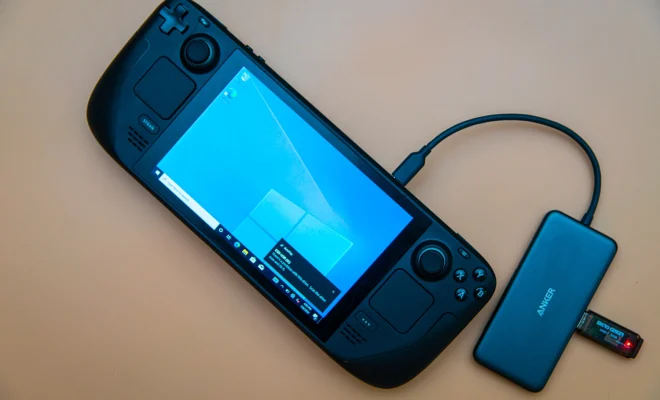What Is a True Tone Display?

A true tone display is a display technology that adjusts the color and brightness of a screen to match the ambient or surrounding light in order to create a more natural viewing experience for the user. This technology first appeared on Apple’s iPad Pro and has since been introduced in some of their other devices, as well as on some Android devices.
In order to achieve a true tone display, the device utilizes a combination of sensors that measure both the brightness and color temperature of the light around the device. These sensors take into account factors such as the time of day, the room lighting, and the presence of nearby light sources in order to adjust the display accordingly.
The main benefit of a true tone display is that it provides a more comfortable viewing experience for the user, especially over extended periods of time. This is because the display is able to adjust itself to the lighting conditions, reducing eye strain and making it easier to read and view content without requiring the user to manually adjust the device’s settings.
Additionally, true tone displays often offer improved color accuracy and contrast, as the device is able to more accurately represent the colors and shadows in the content being viewed. This can be particularly beneficial for tasks such as photo and video editing, where the ability to see accurate colors and contrast is essential.
Overall, a true tone display can greatly enhance the user’s experience by providing a more comfortable and natural viewing experience, as well as offering improved color accuracy and contrast. As this technology becomes more widely available, it is likely that we will see more devices adopting true tone displays as a standard feature.





